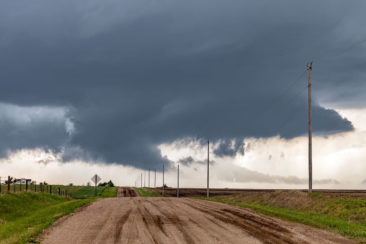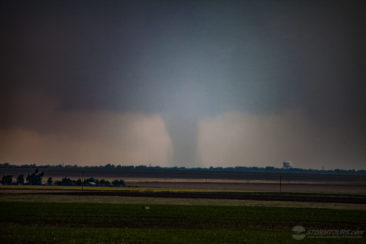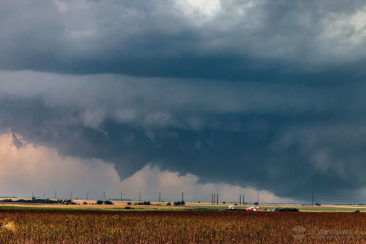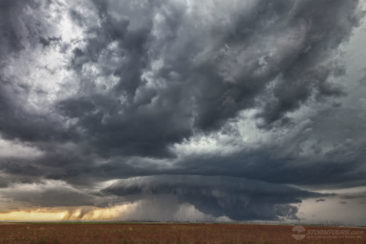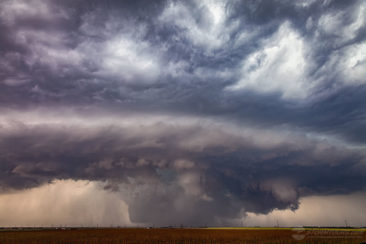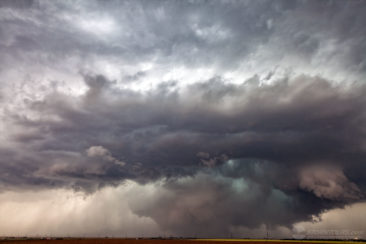It’s been a crazy few years! Due to the pandemic and various travel restrictions in-place around the world, we postponed our 2020 tours. It would have been our 20th “full year” of operations, but it just wasn’t possible to operate since the majority of our customers were not able to travel and we did the proper thing and stayed home. I mean, we really stayed home! Brian didn’t even chase a single day and that was the first year of his adult life that didn’t include a tornado (he’s over the hill now, so that’s a big deal to him).
In 2021 we got the wheels rolling again with a limited tour lineup, but we were chasing again nonetheless. It was great to be back out in the openness of the Great Plains once again and after a year around the house, we really needed it! Every tour that we offered in 2021 intercepted tornadic thunderstorms! The “quality” (photogenic-ness) of the tornadoes could have been better. Quite a few of them were short-lived events. Tour 3 (I believe) intercepted a massive wedge in SE Colorado that nearly crossed the state line into the Oklahoma Panhandle. We met a few new people and I hope we made some long-term friendships along the way. All in all, it was just what the doctor ordered (to get our sanity back).
You may have noticed that we’re once again running a trimmed down schedule in 2022. Missing a year really hit us hard and we’re just trying to keep the wheels rolling until the world is once again back to full travel operations. We were hoping that would happen in 2022, but it appears that some countries will still have some limited travel restrictions in-place.
As a result, we do expect a few less customers, so we have opted to cut out of few of the tours, specifically our June offerings as this is the most expensive time to travel in the Great Plains it coincides with the peak of tornado season starting to wind down. We hope to bring back our June tours in a later year, but for now, we believe this is best. If however we receive strong demand to bring back a photography tour in June, it is something that we can certainly put together in a very short amount of time. So, if that interests you, please let us know!
I’ll update the chase logs here in the coming months, there won’t be many, but I have a lot of projects in the works for the time being. I’m still trying to figure out how to denote 2020 since there are no chase logs and we hate just leaving a gap… maybe just “Closed for Apocalypse,” I’ll figure something out. In any event, please chase with us in 2022, we look forward to it!
— Brian and Tam

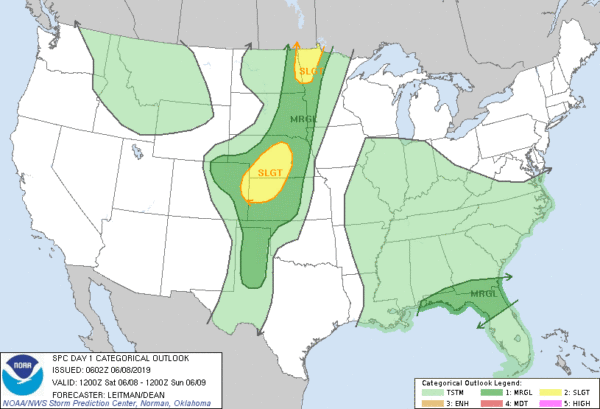
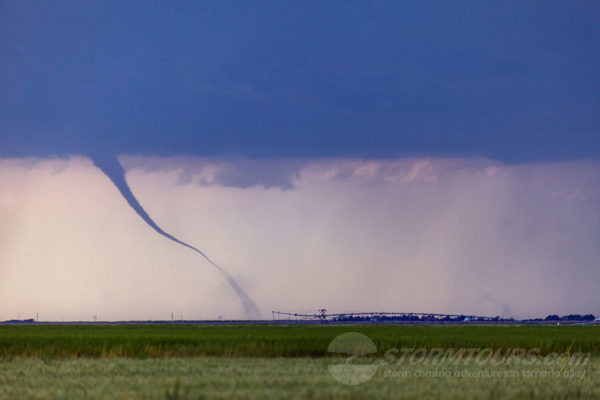
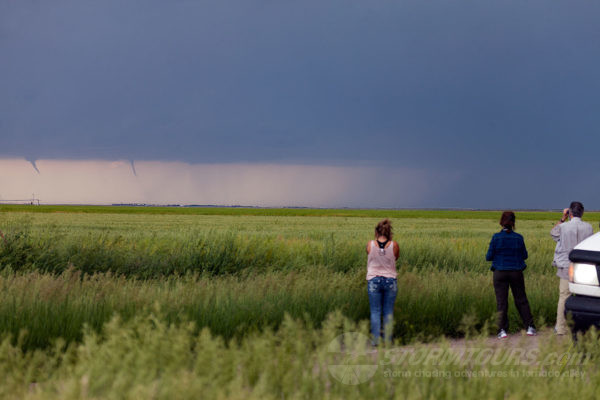
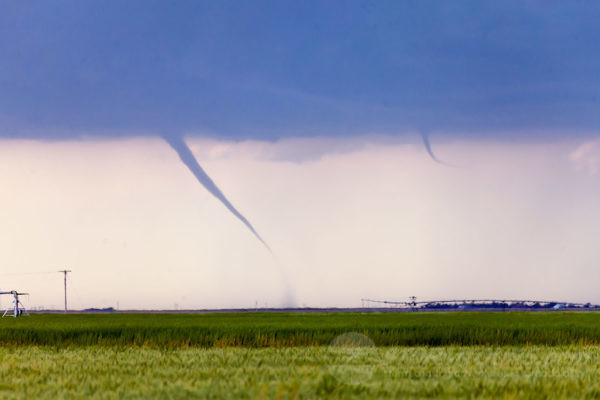
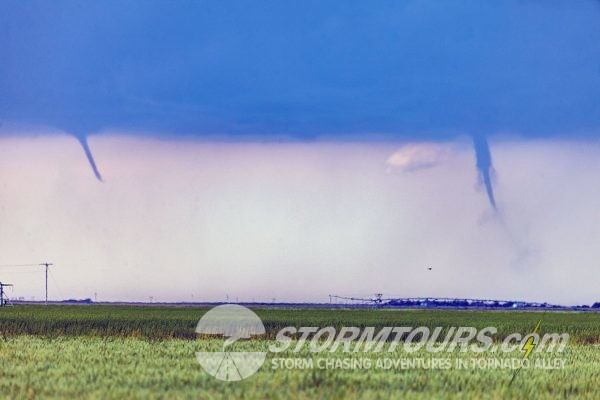



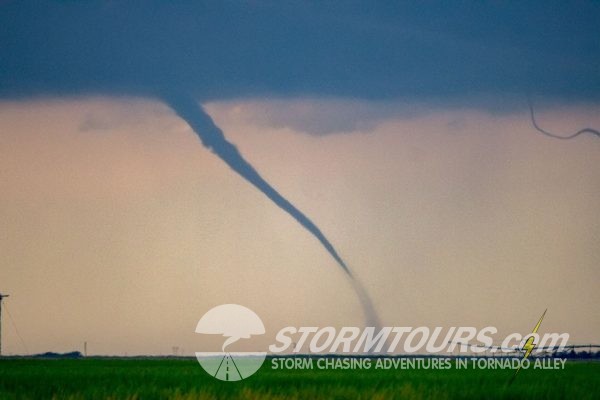
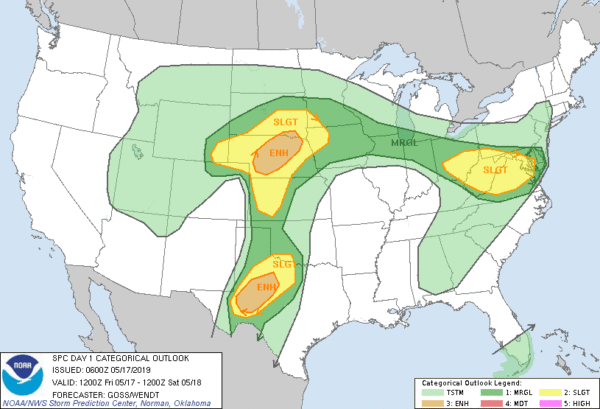
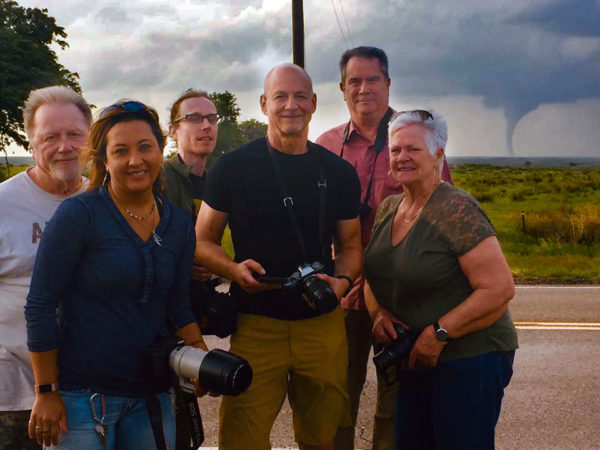
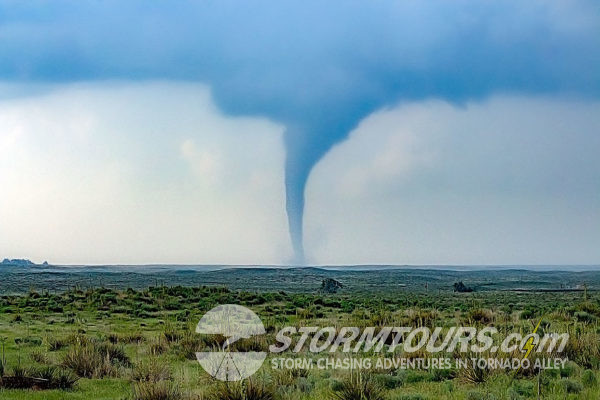
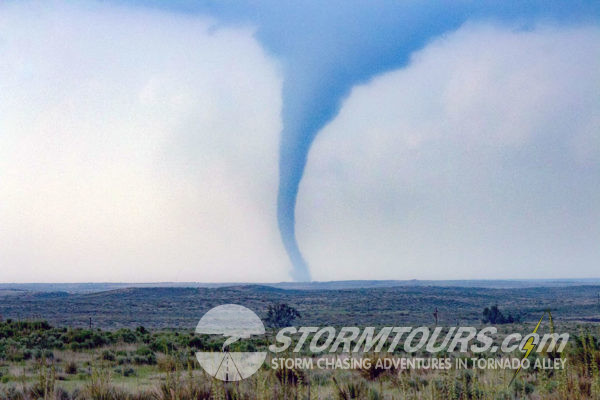
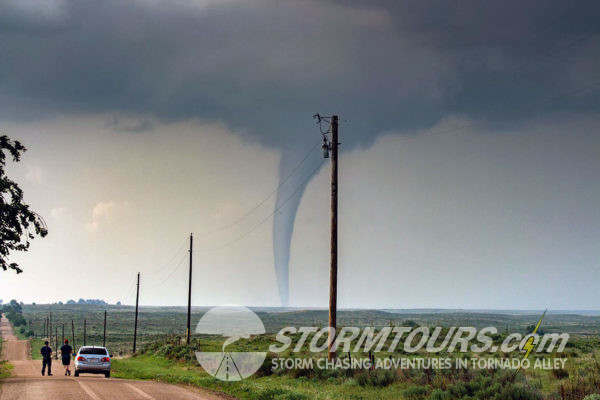
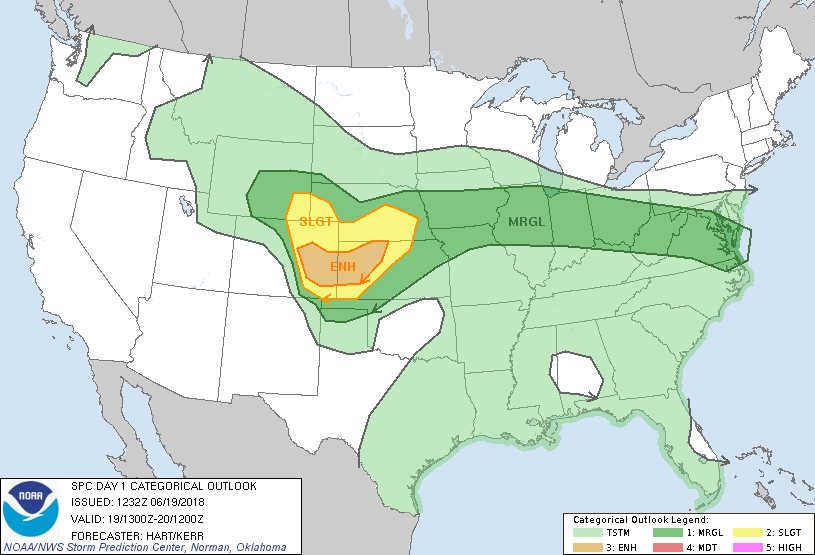 Tour 4 was treated to a great tornado on the last day of the tour an hour north of the Denver metro area near the rural town of Keenseburg.
Tour 4 was treated to a great tornado on the last day of the tour an hour north of the Denver metro area near the rural town of Keenseburg.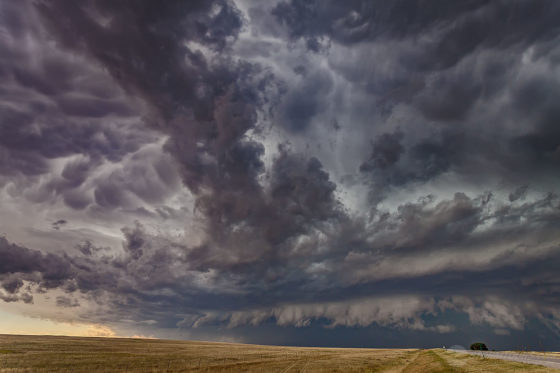
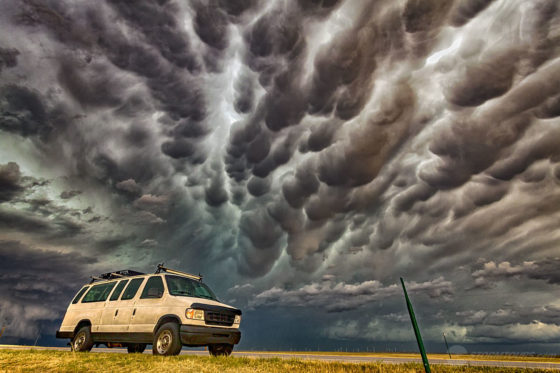
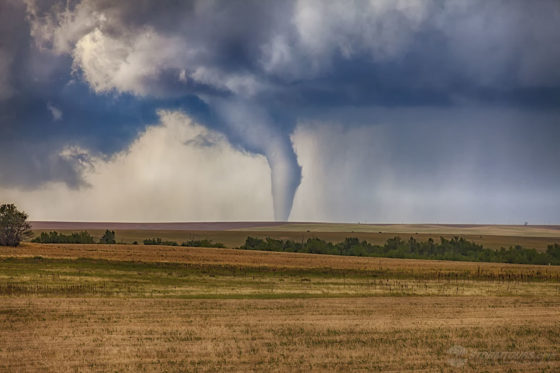
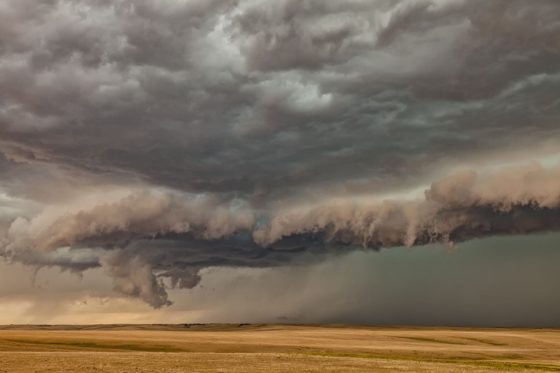
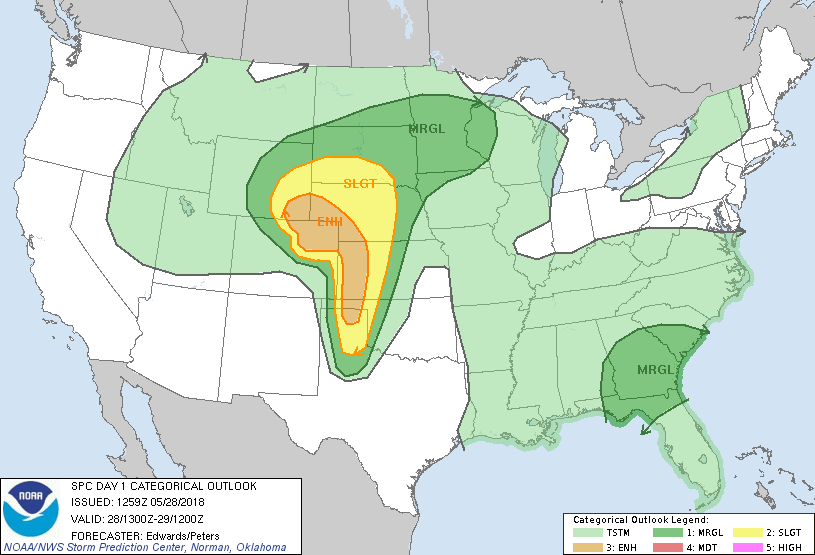 We started this day on Tour 3 in Colby, Kansas up near the Colorado/Nebraska border and headed south with an expected forecast of tornadic storms near the Dodge City, Kansas area.
We started this day on Tour 3 in Colby, Kansas up near the Colorado/Nebraska border and headed south with an expected forecast of tornadic storms near the Dodge City, Kansas area.